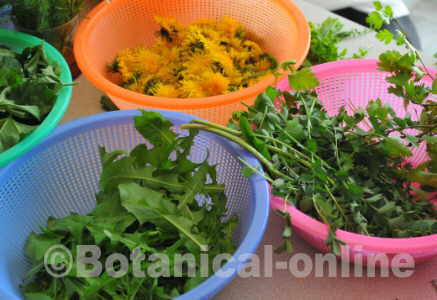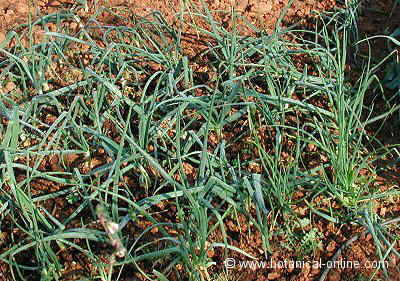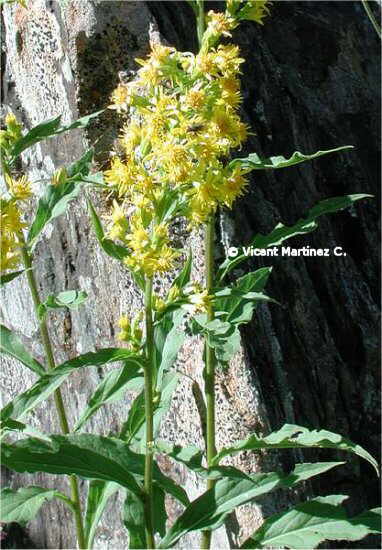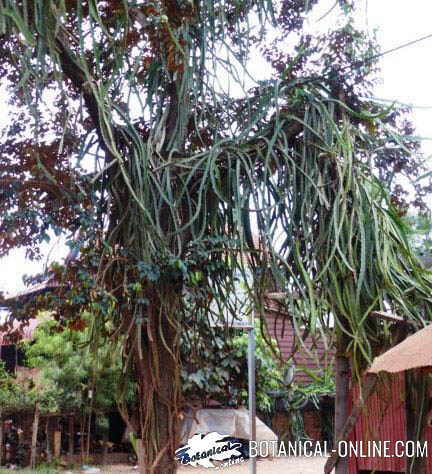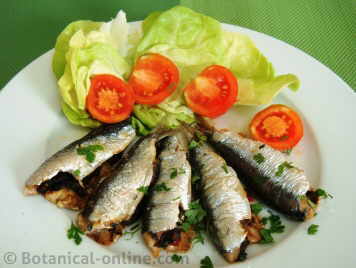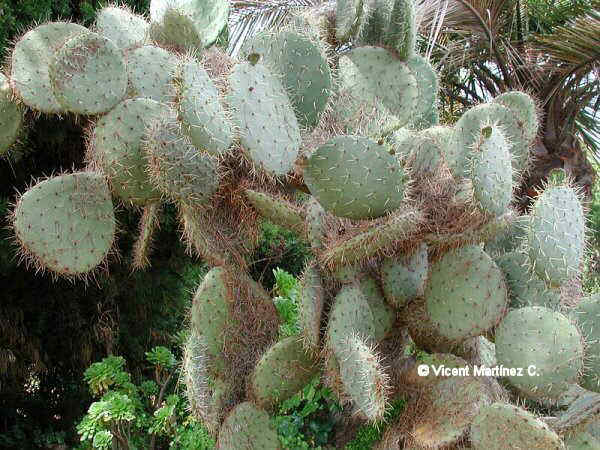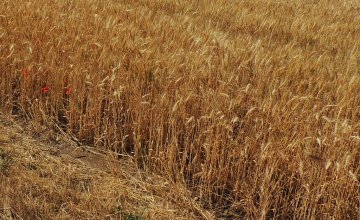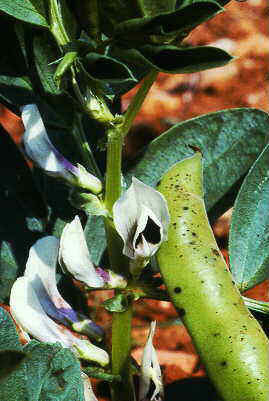Contents
- 1 Good ways of gathering edible wild plants
- 1.1 RECOMMENDATIONS FOR COLLECTING WILD PLANTS
- 1.2 Recommendations and standards for the collection of wild plants
- 1.3 Collect only the plants that you know
- 1.4 How to identify edible wild plants
- 1.5 Where to have cooking courses with edible plants?
- 1.6 Collect only what we need and respect the ecosystem
- 1.7 It is recommended to have a usual collection route
- 1.8 Grow your own garden
- 1.9 Confusion with potentially toxic wild plants
- 1.10 Precautions for the consumption of wild plants
- 1.11 How it is consumed is also important
Good ways of gathering edible wild plants
RECOMMENDATIONS FOR COLLECTING WILD PLANTS
How to collect wild plants
The wild plants are species of plants that normally are only found in rural environments or in the nature, never in stores of gardening or hypermarkets. The reason why these ingredients are not collected is usually due to their little use as edible plants.
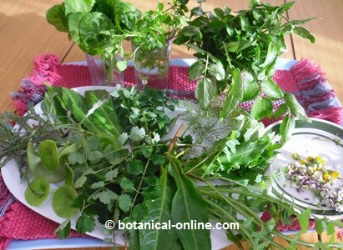
Wild leaves prepared for a salad with edible wild plants. Nature offers a great wealth of vegetables, we just have to discover them.
Recommendations and standards for the collection of wild plants
For the collection of wild plants to be realized in an adequate, safe and respectful way with the ecosystem, a series of norms must be taken into account. For example, knowing how to collect the right type of plants, collect only those that are not in danger of extinction, or avoid those that may be contaminated, are just some of the rules that should be followed by the person who collects wild plants.
Collect only the plants that you know
The plants are distinguished from each other by many botanical characteristics: the shape of their leaves, the stem, if they have hairs, according to their habitat, … Still, many species can be confused by others that could be poisonous plants.
Therefore, it is recommended to know the plant well before consuming it. The best time to study plants is in spring, since the type of flower is a good track to differentiate apparently similar plants.
How to identify edible wild plants
To identify edible wild plants, we recommend:
- Always carry a plant field guide to recognize the plants. And in case of doubt, do not pick them up.
- Know the main toxic plants in your region. Even if a plant is not on the list, it can not be consumed if its edibility is not known.
- Know the edible parts of the plant. A plant may have edible flowers or fruits but its leaves or immature fruits may be toxic.
- Really know the plants of the environment
- It is recommended to take a course with a specialist in the field, duly qualified and experienced, to know the plants of the environment and how to identify them. This type of initiatives are increasingly common in the municipalities of rural areas.In these courses you can learn first hand to collect wild plants and know them. In addition, this type of courses are usually a great opportunity to walk through nature, get their benefits and have a great time.
Where to have cooking courses with edible plants?
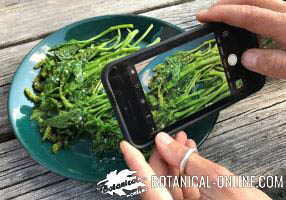
Photo of a recipe with wild plants in a course.
At botanical-online.com we have studied and worked with various experts. As recommendations, we highlight the excellent courses of edible wild plants by Montserrat Enrich, a great expert on edible wild plants, a regular contributor to our web portal and author of the book “Herbes a la carta”. You can follow their courses on her website “Natura comestible” and on her personal blog “Gastronomia salvatge”, (all of them in Catalan language)
They also deserve a special recommendation Yelel Cañas (blog “Kiaora BioCocina”) and Astrid Van Ginkel (blog “Fitomón”). (all of them in Spanish language)
Collect only what we need and respect the ecosystem
To be a sustainable food style, we must collect only the amount we need. As a guide, in a plantation it is recommended to collect a maximum of 50% of the plants, and of that half, only 40% (maximum) of each plant.
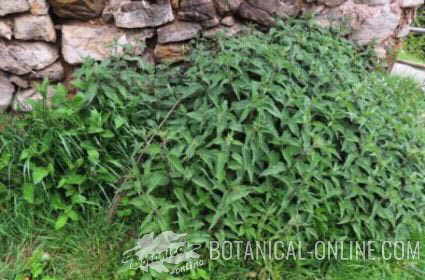
Photo of nettles, which usually grow abundantly. With nettles we can make a fantastic soup.
- To collect correctly, only the edible parts of the plants should be cut, with clean scissors so as not to cause diseases and never more than 40% of the plant.
- Do not consume roots, not to extinguish the plant and, in addition, many times plant roots are not edible.
- Allow the survival of the plants that we use by cutting only the parts that we need and without tearing or damaging the roots.
- Do not collect all the flowers of a plant.
- Cut properly with clean scissors to prevent plant infections
- It is prohibited to collect plants in danger of extinction or in protected areas
- You should never consume plants living on roadside or highway margins, because they are polluted by vehicles.
It is recommended to have a usual collection route
It is advisable to walk regularly through the collection area for two reasons or different purposes:
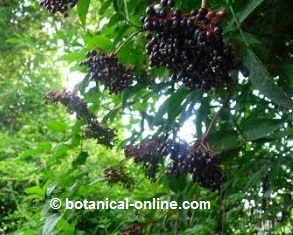
Elderberry with fruits. Desserts are cooked with the flowers and fruits of the elder, but the leaves of the tree are very toxic
- Discover plants that, until they do not bloom, can go unnoticed or be confused by others. Some species are so similar, that they are not distinguished until flowering.
- Walking weekly or biweekly in the area where we collect will allow us to warn who else interacts with that environment. It is dangerous to pick up in places where they spray with nearby herbicides, or roads where you walk with animals usually, such as horses or people with dogs.
Grow your own garden
It is recommended, as far as possible, to grow the plants in the garden itself or in pots. For example, arugula, calendula, dandelion, … They are easy to grow plants.
In this way we will avoid the dangers of collecting in places where domestic or grazing animals can pass, and we will have the advantage of eating this type of food weekly.
Confusion with potentially toxic wild plants
One of the great dangers that the consumption of wild plants presents is its possible confusion with other potentially toxic plants. There are harmless confusions, for example, many people collect white nettle, thinking that it is a nettle. In this case there is no problem, since both are edible. But in most cases, these confusions can take us to the hospital.
For example, many people can confuse plants such as amaranths (Amaranthus sp.) with thornapple (Datura stramonium), which shares habitat with these species.
Although an experienced can be fixed and clearly distinguish some plants from others, have been described numerous cases of poisoning by this cause.
You have to be very careful not to confuse edible wild plants with other potentially toxic plants such as thornapple .
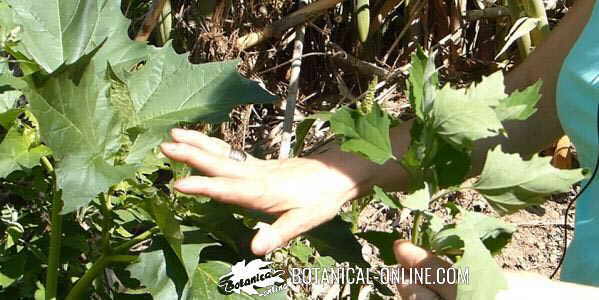
Right hand pointing at thornapple leaves ( Datura stramonium). Left hand holding some goosefoot leaves (Chenopodium album) (right). Some clueless people have become intoxicated by confusing these two plants, which can grow together and their leaves are quite similar.
Precautions for the consumption of wild plants
- It is essential to collect in safe places, not contaminated by herbicides from nearby crops, and in places that are not traveled by animals.
- It is not safe to collect beside rivers, where water can transport bacteria from the faeces of grazing animals and transmit diseases. For example, there have been severe cases of liver disease due to watercress poisoning (fascioliasis).
- The collection should be classified to check what was collected and to properly wash all the plants.

Different wild plants classified in different containers, ready to be washed
How it is consumed is also important
- It is also essential to know how the plant is cooked. As with all vegetables, some components make a culinary or other treatment convenient. For example, mountain spinach ( Atriplex hortensis) is rich in oxalates and it is recommended to boil it (Oxalates are soluble, and are partially left in the cooking water).
- Not all parts of the plant are edible. For example, with the fruits and flowers of the elderberry (Sambucus nigra) delicious desserts are made, but their leaves are highly toxic. Once again, it is essential to know each plant.
- In addition, plants should be classified on arrival at home to ensure that similar plants have not been collected by confusion and to check that all of them are clean.
- Wash properly before consuming them.
- Store in refrigeration for a maximum of 2 – 3 days.
![]() More information about wild plants in the kitchen.
More information about wild plants in the kitchen.

